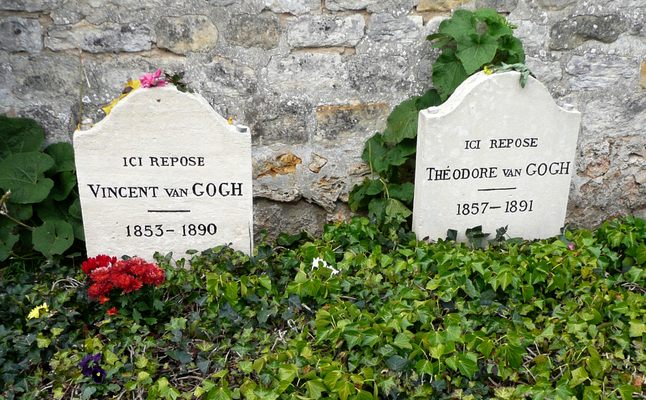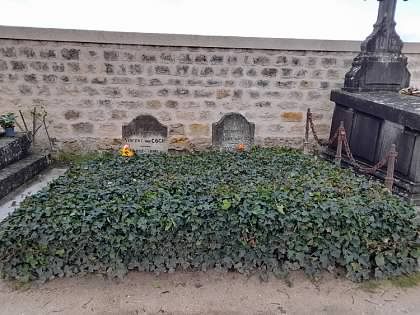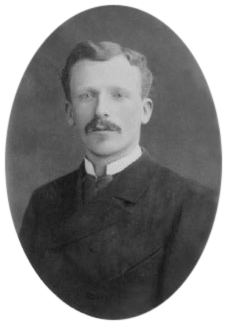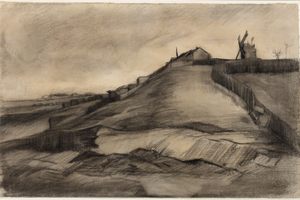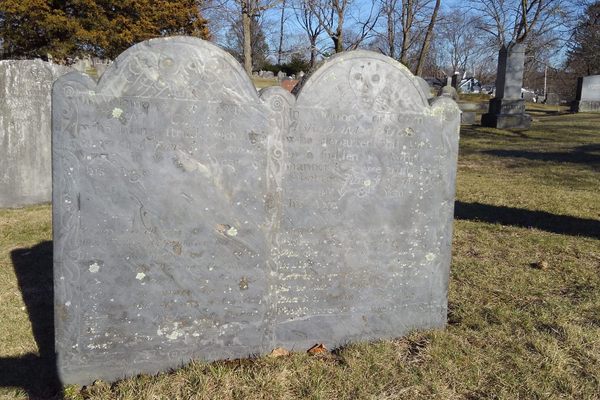About
In the heat of the summer in 1890, Vincent van Gogh stumbled into his boarding house in rural Auvers-sur-Oise, outside of suburban Paris. He was bleeding, clutching his torso. He made it upstairs to his spartan room, took to his bed, and died two days later.
Only 37 years old, he had shot himself in the chest, ultimately succumbing not to the initial wound, but to the resulting infection from the lodged bullet. His suicide was a surprise to some, having spent the previous months madly spitting out canvas after canvas of the bucolic countryside. He was buried, the day after he died, in the village public cemetery.
Van Gogh’s grave is as modest as his reputation was at the time, befitting an artist who had sold only a few paintings and drawings during his too-brief life. But his influence as a transformative modernist was more widely known and admired in Impressionist circles in Paris, and his burial was attended not only by his devoted brother Theo and villagers who had grown fond of him, but by a small cohort of the Parisian art community as well—including painters Lucien Pissarro, Charles Laval and Émile Bernard, and the well-known art dealer Julien Tanguy.
Six months later, Theo died at the age of 33, after multiple epileptic seizures symptomatic of dementia paralytica. He was buried in Utrecht, about 50 miles from where the brothers were born in Zundert, Netherlands. His body stayed in Utrecht until 1914, when the family had it exhumed and transported to join his brother, and they were reunited.
Many of van Gogh’s paintings from his time in Auvers are as bold and dramatic as any of his greatest works. Wheat and corn fields, farm cottages, expressive blue skies—all of the scenes that surround the quiet country cemetery where he’s laid to rest with his dear brother Theo, Vincent’s champion in life and art, by his side.
Related Tags
Know Before You Go
Auvers-sur-Oise is about 20 miles north of Paris. The cemetery is just north of the town center, a 10 minute walk from Gare d'Auvers, the inn / boarding house where Van Gogh spent the last few months of his life. The cemetery is open to the public, and can be visited every day during daylight hours.
Community Contributors
Added By
Published
October 19, 2016
Sources
- https://en.wikipedia.org/wiki/Death_of_Vincent_van_Gogh
- https://en.wikipedia.org/wiki/Vincent_van_Gogh
- https://en.wikipedia.org/wiki/Theo_van_Gogh_(art_dealer)
- https://www.vangoghmuseum.nl/en/125-questions/questions-and-answers/question-102-of-125
- http://www.vangoghgallery.com/in_his_steps/auvers.html
